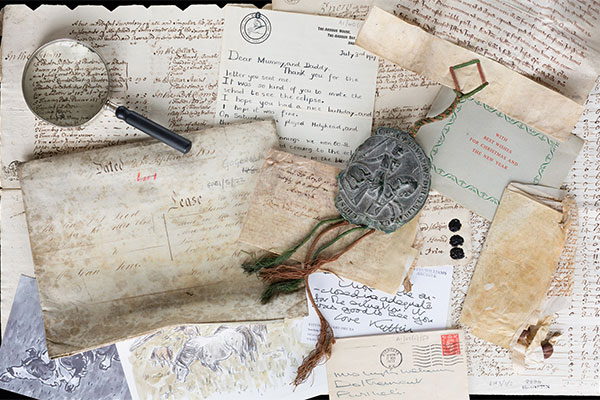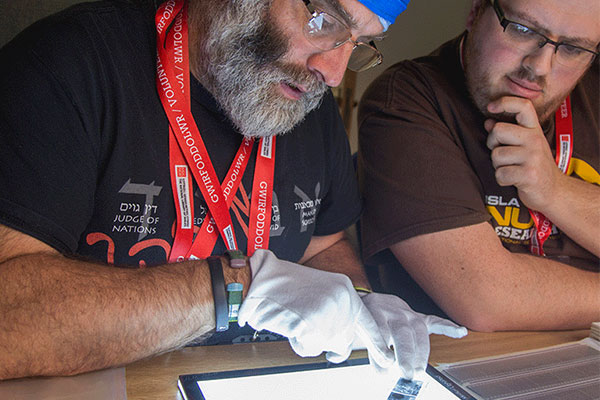The National Library of Wales cares for millions of items, from printed material like books, journals and newspapers to paintings, photographs and maps, along with our new National Broadcast Archive. All these collections have data; data describing the items, transcriptions of individual documents and data about the people and places in those collections.This wealth of data is used for research and to help our users navigate and explore these vast collections.
The idea of a “Hackathon” is to invite creative and technically minded people to analyze, improve and build tools using this data. It’s a chance for the public to engage with our collections in new ways, but it is also an opportunity to explore and document new possibilities for tools, services and research projects using the data in our care.
The Hacathon Hanes (History Hackathon) is our celebration of openness, data and technology and a recognition of its strategic importance to us as a public service in the face of rapidly advancing technologies like AI and virtual reality. It’s also an opportunity to promote and support the use of our data for Welsh language focused tools and applications.
Our participants included Computer Science students from Aberystwyth University, Mapping experts, Welsh language technologists, an artist, a Digital Librarian and computer programmers.
Following a brief introduction to the datasets available for the day our hackers got to work, and in the space of just a few short hours produced a range of incredible output.
Maps were popular this year, with several people working on Tithe Map data from our Places.Library.Wales website. Rupert, who works on creating community data of OpenStreetMap worked to combine modern crowdsourced data such as field names, collected in the community, with data taken from the Tithe survey of the 1840’s. And Ben used the same data to create a modern style land use map with the aim of being able to easily compare historic land use data with modern data. Another participant created a map of the most valuable land in north Wales at the time of the Tithe survey.

Another fantastic mapping idea was developed by Carl by taking data for the Welsh Women’s Peace Petition and attempting to match the addresses women gave using modern mapping data in order to map the homes of the signatories. Carl even managed to build a basic prototype and plans to explore the idea further.

Illtud also worked on Peace Petition data to analyze the frequency of those who could not sign their own name in different parts of Wales. Preliminary results suggested a lower level of literacy in mostly rural counties, like Cardiganshire and Carmarthenshire.
Another participant reviewed the Welsh language skills of the new DeepSeek Chinese AI model, and was impressed with the results, both in terms of it’s ability to understand and answer questions in Welsh, but also the quality and accuracy of the answers to a series of questions.
The Welsh Newspapers Online dataset is probably our largest single dataset with millions of articles covering all sorts of subjects, and a number of participants were keen to explore the possibilities.
Mike shared a very accomplished demo of a tool which could take articles from the newspapers and summarize them using a small, locally hosted AI model, and then process it using a text to speech tool so that it could be read and allowed like a news report.
Recognising the recent technological advances Glen compared OCR data from Welsh newspapers from ten years ago, with data for the same text, processed using the latest tools. Surprisingly there was no clear evidence of any notable improvement, however it was suggested that LLMs (Large Language Models) might offer better improvements in quality.

Simon started working on a tool to extract data relating to ships in the Aberystwyth Shipping records from shipping intelligence articles in the newspapers. He was successfully able to get the relevant data out of the newspapers and plans to keep exploring the idea.
It really was impressive to see how much could be achieved in such a short space of time, and we are super grateful to all our participants for the hard work, creativity and ideas. We are hoping to establish our Hackathon as an annual fixture and to encourage more engagement with our data throughout the year.
Jason Evans,
Open Data Manager









